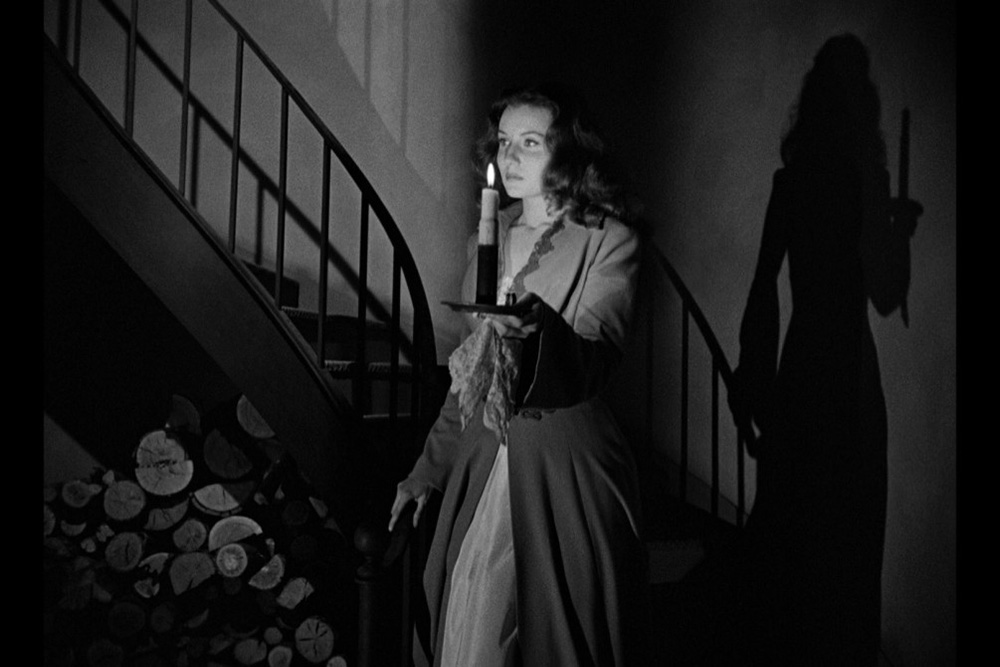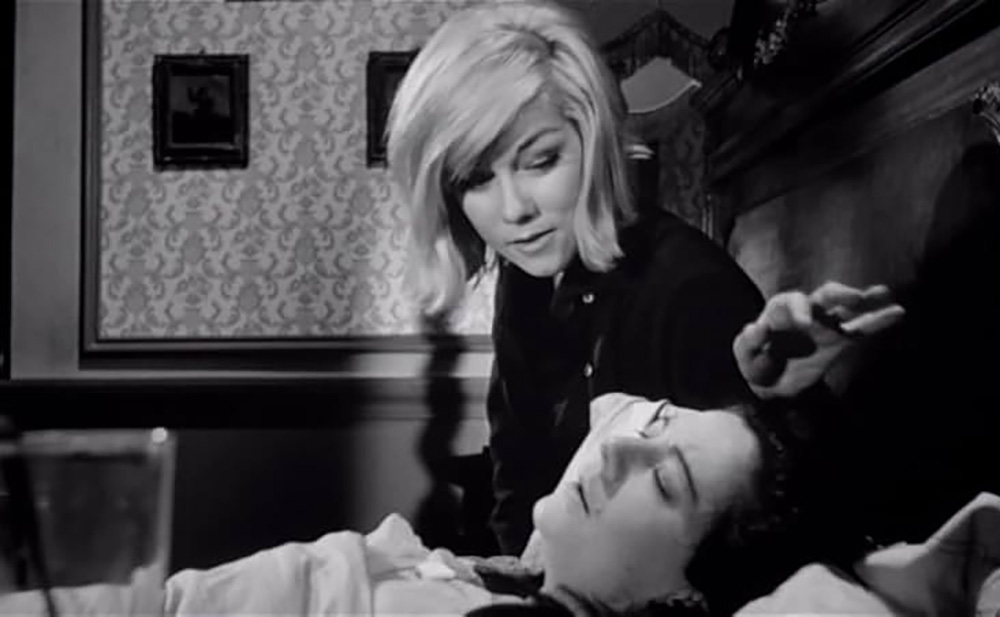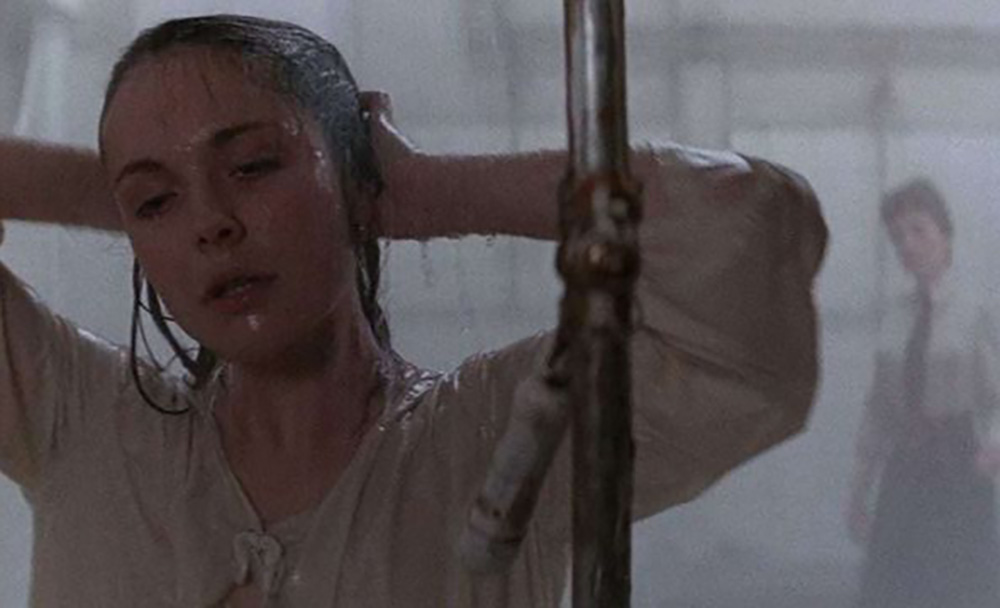Contrary to public belief, John Carpenter’s 1978 “Halloween” was not the original slasher film, though it certainly popularised the genre. And for those who might have a little more horror knowledge, neither was Hitchcock’s 1960’s “Psycho” (though to be honest, I don’t know that I’d class it as a slasher, but that’s a whole other debate).
In fact, there are a host of movies dating back as early as the 1930s that, although not necessarily slashers as we now know them, set the stage for those that we have all come to love. So, for y’all who might be interested in the origins of the slasher, and fancy watching a little around the genre, here’s a list of proto slashers to get you going:
Thirteen Women (1932)
Based on the novel by Tiffany Thayer, produced by David O. Selznick, and directed by George Archaunbaud, “Thirteen Women” was released in 1932 as a ‘pre-code Hollywood’ movie, in that it was produced before the Hollywood censorship laws came into play in 1934. The film features Ursula Georgi (Myrna Loy) as the charismatic, ‘half-Hindu’ woman who enacts revenge on a group of sorority women who excluded her at school due to her mixed-race heritage.
Though the film lacks the gore and brutality of classic slashers, it paved the way for a new horror subset. It also moves away from supernatural beings such as Frankenstein and Dracula and instead, focuses on the ‘Human Being as the Monster.’
And Then There Were None (1945)
Based on Agatha Christie’s mystery novel and directed by Rene Clair, “And Then There Were None” features Roland Young, June Duprez, Barry Fitzgerald, Walter Huston, and Louis Hayward as a part of a group of guests who are invited by an elusive host to stay in a mansion on an isolated island for a weekend.
The guests sit down to dinner and notice the centrepiece, ten figurines of Indians in a circle, whilst on the gramophone they hear a tape recording of their hosts’ voice as he accuses them all of murder. After a rather creepy (and just to clarify, now very outdated and politically incorrect) playing of the children’s nursery rhyme “Ten Little Indians” each guest is murdered in line with the nursery rhyme.
Arguably this is more of a mystery than a slasher — Agatha Christie is, after all celebrated for her mystery novels emphasising mystery and suspense over gore and violence. Having said that, the ways in which the victims are picked off one by one is reminiscent of many later slasher films, as is the psychological impact of the fear and guilt placed upon the characters.
The Spiral Staircase (1946)

Adapted by Mel Dinelli from the novel “Some Must Watch” and directed by Robert Siodmak, “The Spiral Staircase” takes place over the course of one evening in 1906 Vermont, where a small community is stalked and terrorized by a serial killer targeting disabled women.
The film stars Ethel Barrymore, the great-great Aunt of Drew Barrymore (who battled Ghostface in the opening scenes of “Scream” — what are the chances?!). Barrymore plays Helen, a young woman who is also mute, and therefore considered at risk against the killer. She returns home, only to be trapped at home with the killer, unable to even scream for help.
There are so many themes and elements to this film that feature in later slashers: the stalking of a young vulnerable woman, the fact that events take place predominantly in one house, the lurking of the killer in the closet. And in many ways, the film feels ahead of its time in the way that it draws upon the vulnerabilities of the victim to increase tension and suspense, echoing modern horrors such as “Hush” and “A Quiet Place.”
House of Wax (1953)
Sadly, I am not referring to the 2005 adaptation that features Paris Hilton and Chad Michael Murray (though now having a strong urge to rewatch that noughties gem). Andre de Toth’s 1953 version instead stars Vincent Price as a disfigured sculptor who murders and uses his victims’ corpses as displays in his wax museum (how lovely).
Though it has received mixed reviews, “House of Wax” is undeniably significant, being the first 3D film from a major studio (Warner Bros) and one of the first horrors shot in colour, thus making it extremely popular to viewers at the time.
And though it might lack the slasher style killings of the modern day slasher, I’d argue it’s the killer that really makes this film stand out. Price provides a stellar performance as the ‘half man, half monster,’ playing with this idea of the ‘Human Being as the Monster’ that dominates many later slashers, and resembling classic killers such as Jason Voorhees, Freddy Krueger, and even the masked Phantom of the Opera.
The Haunted and the Hunted (1963)

Released in the U.S. as “Dementia 13,” “The Haunted and the Hunted” was written and directed by Francis Ford Coppola, being his first solo role as director. Set in Ireland, it tells the story of a woman, Louisa, (Luana Anders) who conceals her husband John’s death (Peter Read) to gain his inheritance, of which she has been informed she will gain nothing and that instead, the money will go to John’s deceased sister, Kathleen.
Concealing the death from his family, she invites herself to the family’s castle in Ireland. Here, she plots to convince her late husband’s mother that the castle is haunted by the ghost of Kathleen, in the hopes of persuading Lady Halloran that Kathleen would want the money to go to Louisa. However, not all goes to plan, as a mysterious killer begins picking off the family members one by one.
It’s all a bit bizarre and at times confusing, and there is no doubt that it was written apparently in the space of three days. However, the film provides some truly excellent gore scenes and axe killings reminiscent of the slasher genre.
Violent Midnight (1963)
Directed by Richard Hilliard and starring Lee Philips, Shepperd Strudwick, and Jean Hale, “Violent Midnight” was originally titled “Black Autumn” and was re-released in 1964 as “Psychomania.” The film centres around retired war veteran and reclusive painter Elliot Freeman (Philips) who is accused of a series of brutal murders in a New England town following the death of one of his models.
Unusually risqué for its time, with highly sexualised scenes including nudity, the film was censored in several U.S. cities and was criticised for focusing more on the female students in the women’s college around which it centres, rather than on Elliot’s character.
Regardless, the film highlights the notion that young women who are sexually active or ‘brazen’ will undoubtedly be punished or condemned for their actions, a trope that is commonly reflected in slasher and horror movies alike. Meanwhile, the focus on the women’s college arguably sets the stage for later teen slashers such as “Sorority Row” and “Prom Night.”
The House that Screamed (1969)

“The House that Screamed” (known in Spanish as “La Residencia” and released as “The Finishing School”) is a Spanish film directed by Narcisco Ibanez Serrador.
The film takes place in the latter part of nineteenth century France, where tyrannical headmistress Madame Fourneau (Lili Palmer) runs a boarding school for girls in an isolated mansion more reminiscent of a prison, that specialises in strict discipline and severe punishment. And amid all the goings on within a private girl’s school, including a rather bizarre ‘arrangement’ with the gardener, there have been some mysterious disappearances that are being covered up.
Perhaps more a Giallo film than a slasher, “The House that Screamed” is highly reminiscent of Argento’s 1977 “Suspiria.” And though lacking in gore, its dark atmosphere, high suspense and shocking ending makes it an all rounder that is definitely worth a watch.


